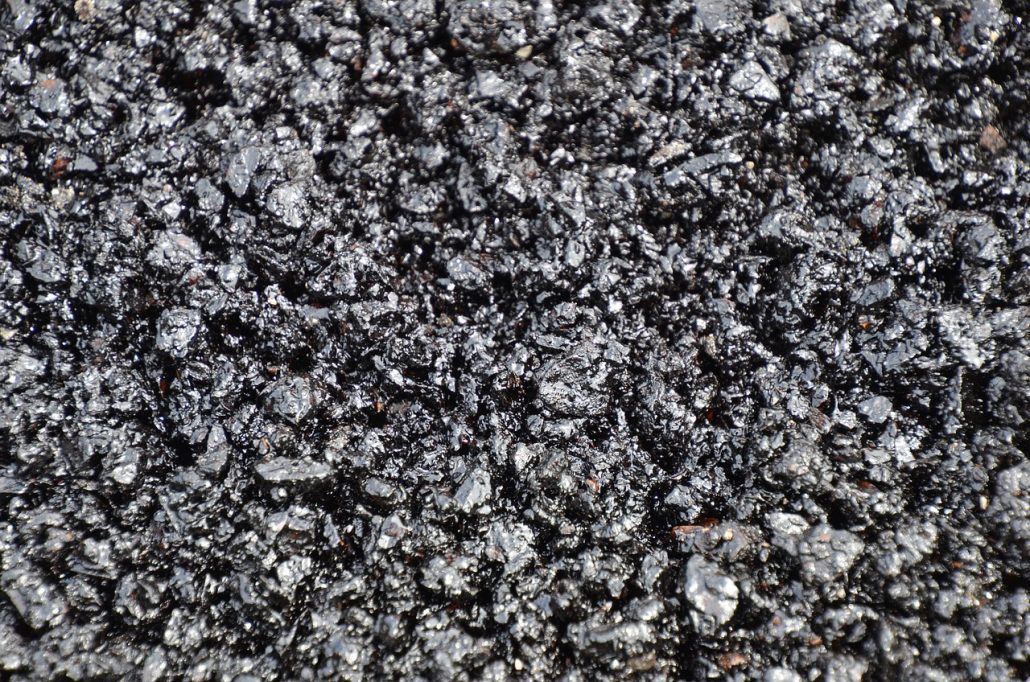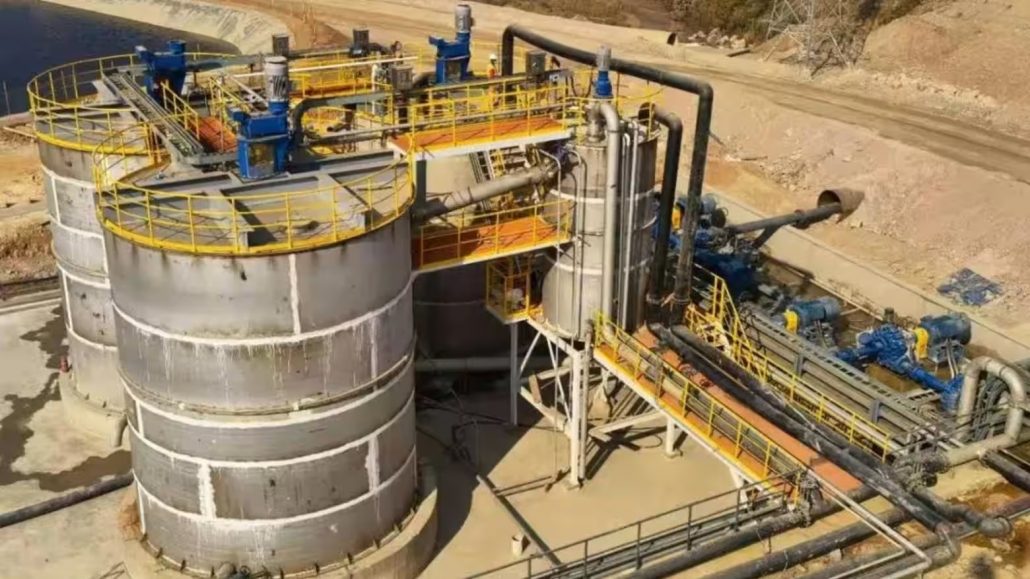
China’s Special Action Plan for Carbon Reduction: Aiming for a Greener Steel Industry
China recently unveiled a “Special Action Plan for Carbon Reduction” aimed at enhancing carbon neutrality, energy efficiency, and lowering emissions. This initiative is anticipated to steer the steel industry towards electric arc furnace (EAF) production, thereby reducing the demand for iron ore and coal.
The plan, announced by the National Development and Reform Commission (NDRC), emphasizes upgrading existing equipment and increasing the use of EAFs to significantly cut the consumption of raw materials and emissions by 2030.
Long-Term Impact on Iron Ore and Coal Demand
Although the immediate impact of this policy may be limited, market participants foresee a long-term negative effect on the demand for iron ore and coal. In June, the NDRC outlined specific goals to reduce energy consumption and emissions in the steel industry by the end of 2030. These include lowering per-ton energy consumption for blast furnace and converter processes by more than 1% from 2023 levels by 2025, and cutting energy consumption per ton of steel production by over 2% from 2023 levels, along with boosting the use of waste heat and pressure by at least 3%.
To achieve these objectives, the NDRC and related agencies plan to promote the increased use of EAFs and accelerate upgrades of energy-intensive equipment. Industry insiders predict that while the visible impact may be minimal in 2024, the long-term demand for iron ore and coking coal will decline.
A representative from a steel company in northern China noted that the short-term impact on coking coal demand might be minor, but the long-term demand is likely to decrease. Similarly, a raw material supplier in Shanxi Province pointed out that the demand for iron ore and coking coal will diminish as EAF production replaces some blast furnace output.
In light of these policies, the proportion of EAF production is expected to rise, and the Chinese government and steel industry are likely to push for increased self-sufficiency in iron ore. According to the China Iron and Steel Association (CISA), Chinese mining companies plan to boost domestic iron ore concentrate production by 5-10 million tons in 2024 compared to 2023. CISA projects that domestic iron ore concentrate production will reach 370 million tons annually by 2025, supported by new iron ore projects.
Global Impact: Reduced Dependence on Iron Ore Imports
Mysteel estimates that by 2025, total iron ore production from Chinese companies’ overseas holdings will exceed 70 million tons per year, a more than 60% increase from 2020. As a result, with overall iron ore demand declining, iron ore production expansion projects are expected to continue, gradually reducing dependence on iron ore imports from this year onwards.








Leave a Reply
You must be logged in to post a comment.